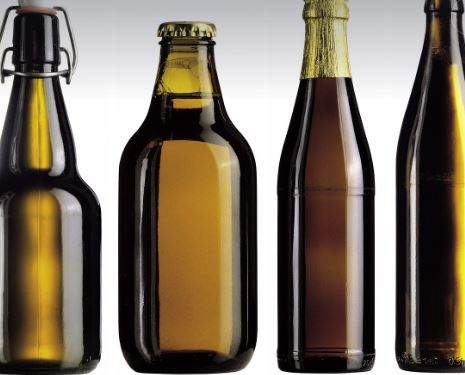Microplastics Alert: A recent study from France’s food safety agency, ANSES, has revealed a surprising finding: drinks in glass bottles can contain significantly more microplastics than those in plastic bottles or metal cans. This challenges the common assumption that glass is a more inert and less contaminating packaging material.
The research, published in the Journal of Food Composition and Analysis, found an average of about 100 microplastic particles per liter in glass bottles of soft drinks, lemonade, iced tea, and beer. This is five to 50 times higher than the levels found in their plastic bottle or metal can counterparts.
“We expected the opposite result,” stated Iseline Chaib, the PhD student who led the research.
The researchers traced the source of these microplastics in glass bottles back to the paint on the outside of the bottle caps. Microscopic scratches, likely caused by friction between caps during storage, appeared to release these plastic particles onto the cap’s surface, which then contaminated the drinks.
Interestingly, water (still and sparkling) and wine showed relatively low levels of microplastics across all packaging types. For water, glass bottles contained about 4.5 particles per liter, while plastic bottles had 1.6 particles. The reason for wine’s low microplastic content, even in glass bottles with caps, remains unexplained.
While microplastics are increasingly detected in our environment and even within human bodies, the health implications are still unclear. There’s currently no established reference level for a potentially toxic amount of microplastics, meaning ANSES couldn’t definitively say if the levels found pose a health risk.
However, the agency did suggest a straightforward solution for manufacturers: a cleaning method involving blowing bottle caps with air, then rinsing them with water and alcohol, significantly reduced contamination by 60%. This indicates that drink producers could easily mitigate this source of microplastic contamination.
Also Read | Donald Trump’s $499 T1 Phone: What you need to know about the new Trump mobile










What is APAAR ID? CBSE Makes It Mandatory for Class 10 & 12 Board Exam Registrations
Will PM Modi’s GST Reforms Will Be the ‘Diwali Gift’ that Boosts Your Savings?
US Imposes New Tariffs on India, Trump Warns of More ‘Secondary Sanctions’